Unit 1Asia Welcome and comic strip 教学课件(共48张)
文档属性
| 名称 | Unit 1Asia Welcome and comic strip 教学课件(共48张) | 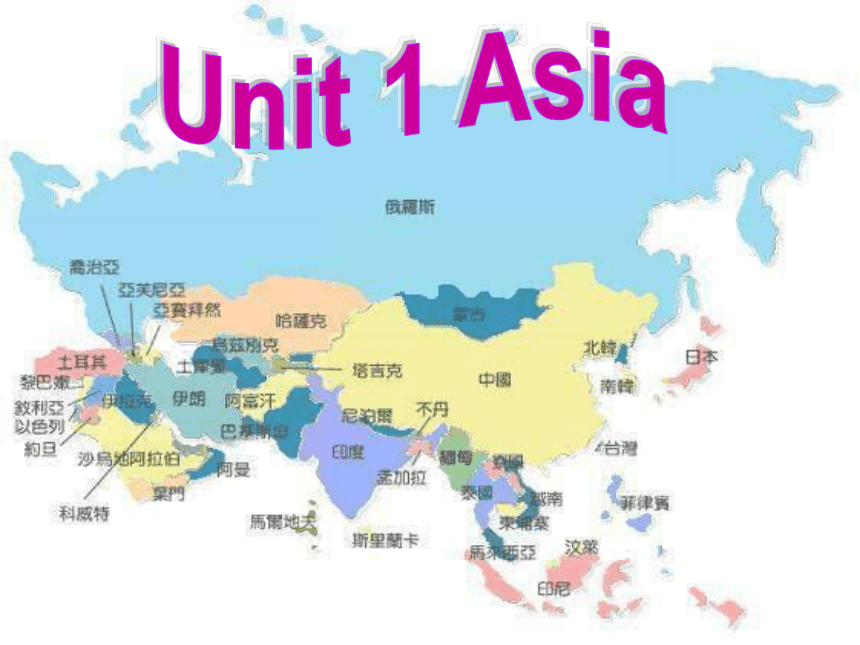 | |
| 格式 | zip | ||
| 文件大小 | 1.6MB | ||
| 资源类型 | 教案 | ||
| 版本资源 | 牛津译林版 | ||
| 科目 | 英语 | ||
| 更新时间 | 2018-02-22 07:43:26 | ||
图片预览


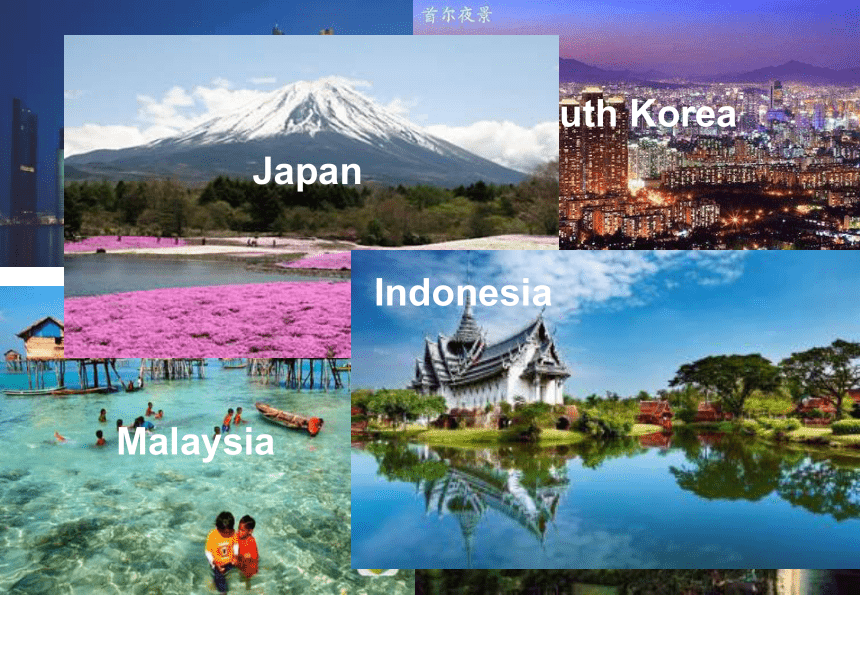

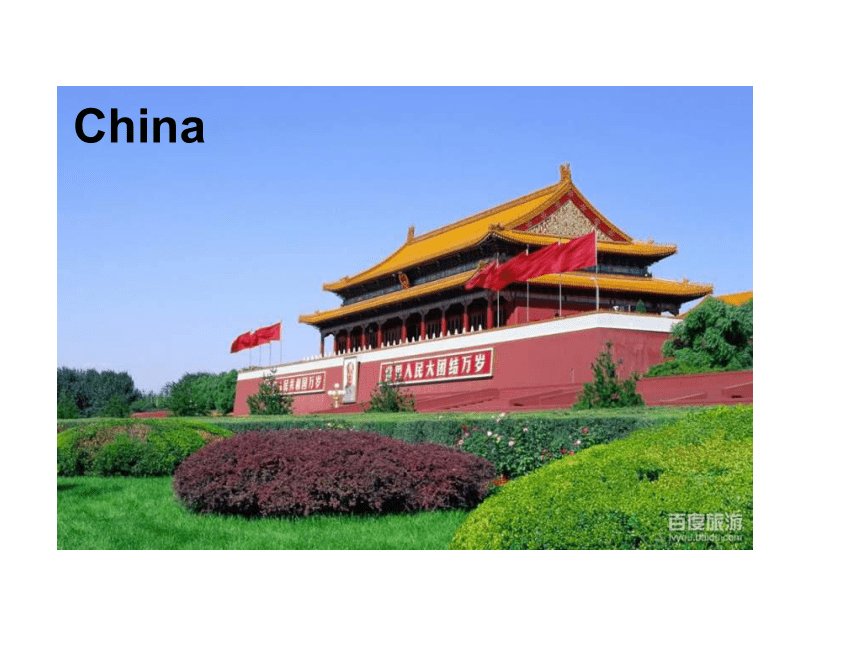
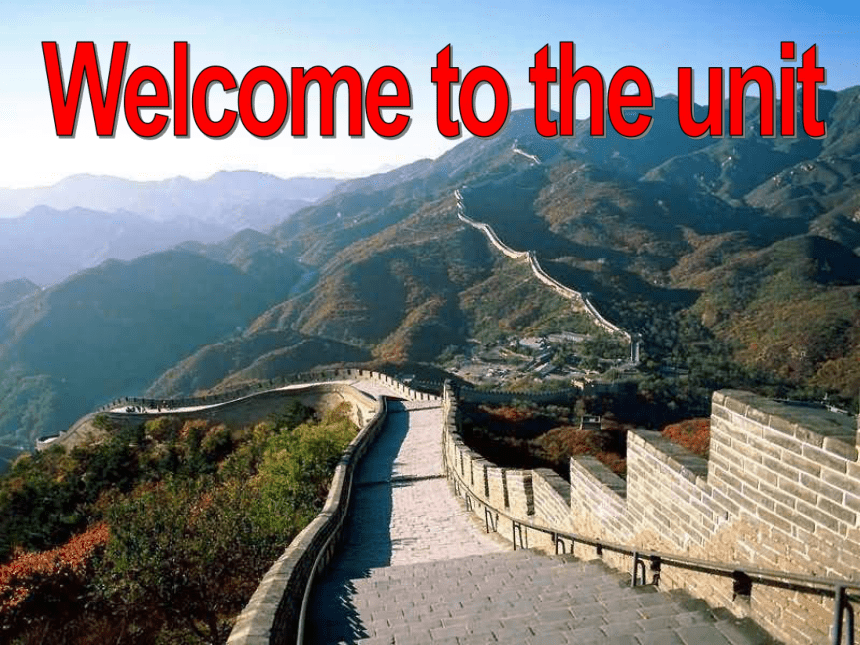
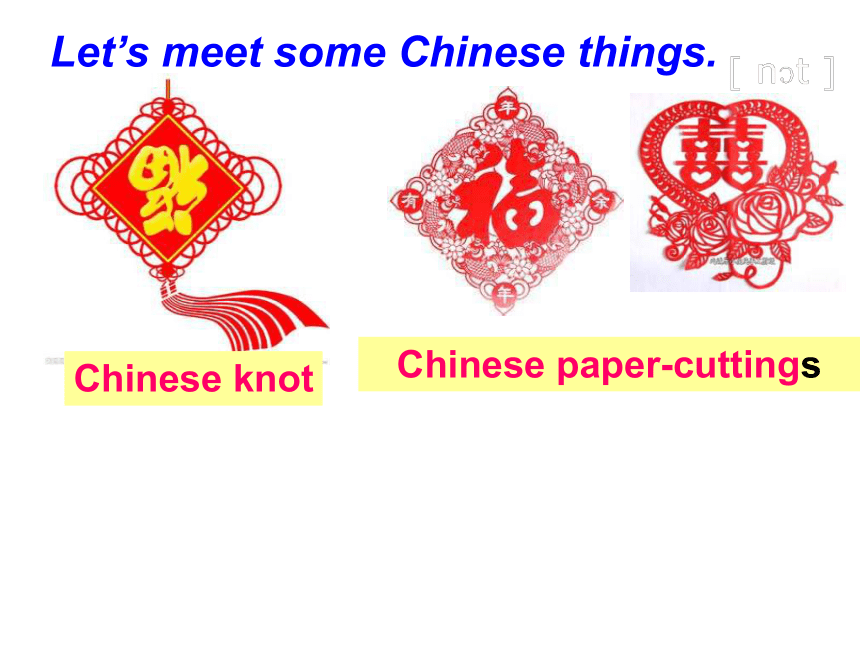

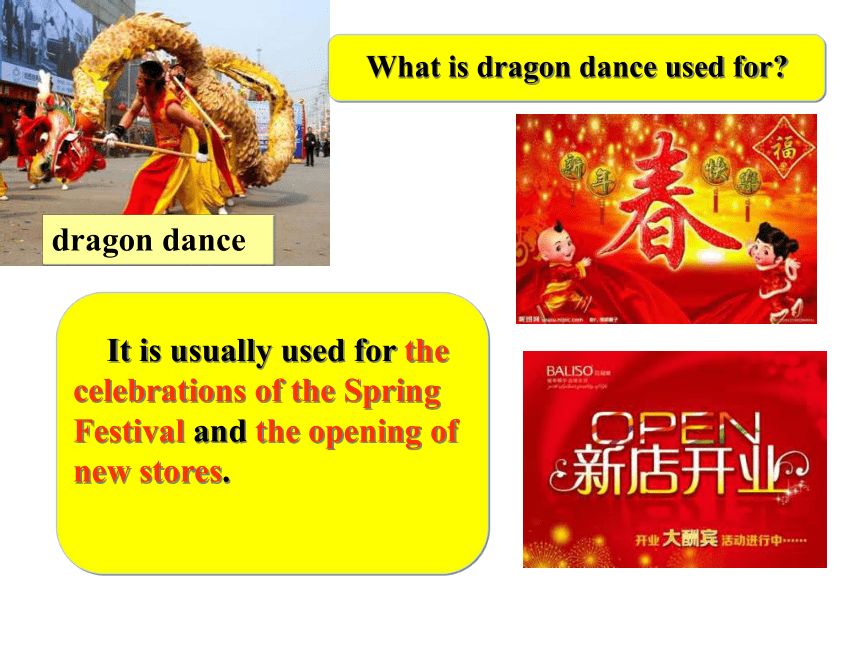
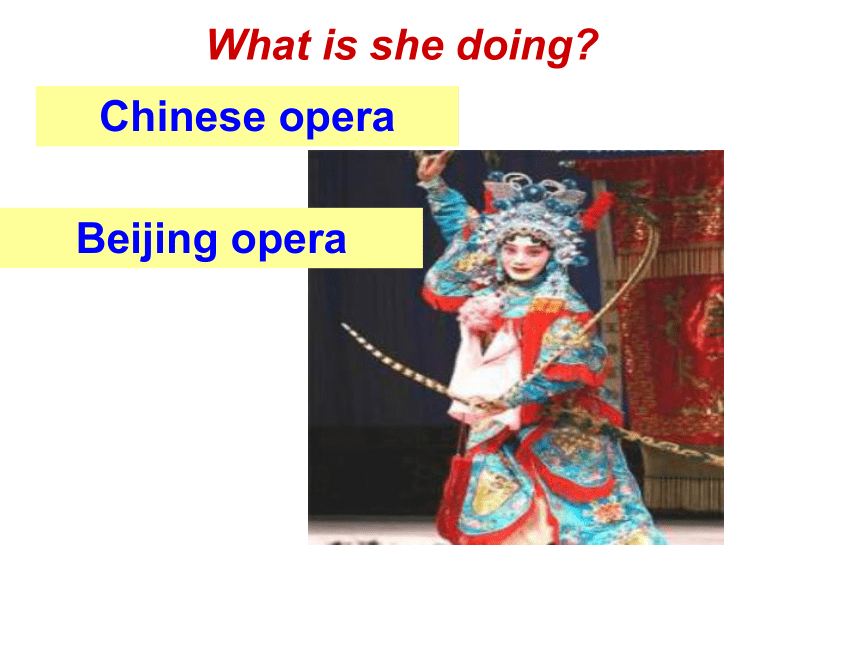

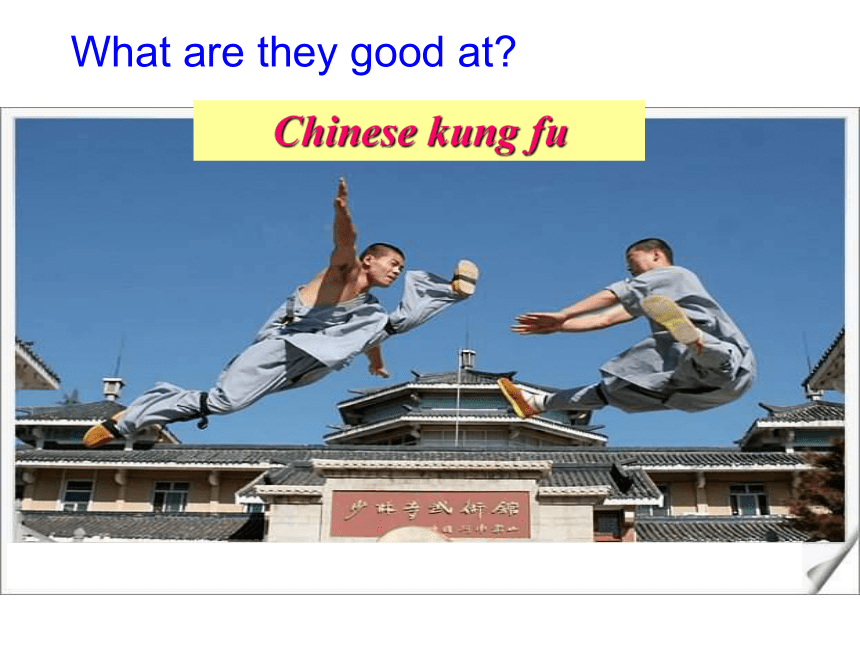
文档简介
课件48张PPT。Unit 1 AsiaFree talk1. Do you like travelling?2. Have you ever been to foreign countries?3. Would you like to visit---?JapanAsian countriesWelcome to the unit
Let’s meet some Chinese things.Chinese knotChinese paper-cuttingsChinese knot and Chinese paper-cutting are another two kinds of traditional Chinese art.
When the Spring Festival or the wedding day is coming, we hang Chinese knots in the rooms and put up Chinese paper-cutting on the walls, the doors or the windows.
They represent happiness and good luck.Where and when are they used ?dragon dance
It is usually used for the celebrations of the Spring Festival and the opening of new stores.What is she doing?Chinese operaBeijing operaa pair of chopsticksWhat do Chinese people use when they have noodles?chopsticksChinese kung fuWhat are they good at?More Chinese thingschina (瓷器)silkDragon danceChinese operachopsticksChinese knotChinese paper-cutting Kung fuSay the English names of the pictures. PKDo you want to visit these places of interest in China?Places of interest in Chinathe Great Wallthe Palace Museumthe Summer PalaceTian’anmen SquareSuzhou GardenWest LakeLi RiverSome exchange students will visit China.Do you have any suggestions?Where will they visit first?Giving suggestions:1. What about / How about visiting ---?2. Why don’t you visit---?4. You’d better visit---.3. Why not visit---.Listen and answer1.What are Millie’s suggestions?
2.What special things can they see in Beijing?
Tian’anmen Square, the Palace Museum and the Great Wall.Chinese opera.Work in pairsA: I will travel around China. Which city shall I visit first?
B: Why not…?
A: Good idea. What places of interest can I visit?
B: … You can…
A: OK. Thank you for your suggestions.
B: You’re welcome.
Suzhou GardenWest LakeLi Riverthe Great WallRead and AnswerWhat does Hobo think of the Great Wall?
2. Will Eddie go on to the end of the Great Wall? Why?
3. What does Hobo advise Eddie to do?Amazing.No.Because he thinks it’s tiring to climb the steps and his feet hurt.He advises Eddie to keep moving.step(s)
n. 台阶,步骤step by step
一步一步What are they doing?Though it’s t________ to climb up the hills _________________ (一步一步), they feel happy.iringstep by stepone by one little by little hand by hand
shoulder by shoulder tiring令人劳累的 tired (疲劳的)那是疲劳的一天,她感到很累。
It was a ________day and she felt very _______. What’s the matter with the boy?tiredtiring类似的形容词有:amazing/amazed exciting/excited boring/bored interesting/interested surprising/surprisedtiring令人疲劳的
tired 疲劳的the Great WallRetell the dialogueToday Eddie and Hobo are on the Great Wall. Hobo thinks it’s , but Eddie thinks _____________________ and .So he’d like to __________. Hobo advises Eddie to because .
However, Eddie still and he asks Hobo to .amazingit is tiring to climb the stepshis feet hurttake a restkeep movingthere is still a long way to godoesn’t want to go onwake him up on his way back1. Wow, the Great Wall is amazing, isn’t it?
此处是反义疑问句, 常用来征求对方的看法。由两部分组成: 前一部分是一个陈述句, 后一部分是一个简短的疑问句, 两部分的人称时态应保持一致。
e.g. They are students, aren’t they?Language points 如果陈述句是肯定句时, 后边的反意疑问句通常要用否定式; 反之, 如果陈述句是否定句时, 后边的反意疑问句通常要用肯定式。陈述句和后边的反意疑问句的主语以及谓语动词的人称、数、时态通常要保持一致。
e.g. He speaks English, doesn’t he?
I don’t like that film, do you? 2. It’s tiring to climb the steps and my feet hurt.
tiring 意为“累的,疲劳的”,用于修饰事情。
tired意为“劳累的,疲劳的”,用修饰人。
如:Sandy is so tired that she wants to have a rest.We’d better keep moving.
had better常简略为 ’d better, 意为“最
好”, 用于表示对别人的劝告或建议。
had better后面必须跟动词原形, 构成had better do sth.结构。
e.g. You’d better go to hospital at once. 你最好立即去医院看病。(2) had better 无人称和数的变化
e.g. Now you / he / we had better listen to the teacher.
你 /他 / 我们现在最好听老师讲。
(3) had better的否定形式通常是在其后面直接加not。
e.g. You had better not miss the last bus. 你最好不要错过最后一班公共汽车。You can use the following sentences.1. Where shall I visit first/then?
2. Why don’t you start from ...?
3. … are wonderful place to go.
4. You can go and enjoy it.Detection and feedback(检测反馈) 1.爬台阶很累
2.我的脚受伤了
3.休息
4.一段很长的路要走
5.继续前进
6.把我叫醒
7.在你回来的路上
8.一名英国交换学生
9.就他的旅行计划向某人 询问建议
10.计划环游中国
11.从这里开始
12.一种传统的中国艺术
13.谢谢你的建议
It's tiring to climb the steps
My feet hurt.
take a rest
a long way to go
keep moving
wake me up
on your way back
a British exchange student
ask sb for suggestions on his travel plan
plan to travel around China
start from here
a kind of traditional Chinese art
Thank you for your suggestions
根据句意、英文释义或汉语提示写单词
1.We found it was________(疲劳的)to climb up the Great Wall.
2.Foreigners find it hard to use__________ when they have noodles in China.
3.My grandma is good at Chinese ___________ . She can cut wonderful pictures out of paper.
4. Climbing the ________ every day is good for our health.
5. Can you offer Kevin some__________( advice) on his travel plan?tiring chopstickspaper-cuttingstepssuggestions一、选择
(? )1. Your father is sleeping. You’d better _______.
A not to wake him up?? B not wake him up?
C not wake up him??????????? D not to wake up him
( ) 2. Millie makes her cousin ______ the flowers every day.
A. waters B. watering C. water D. to water
二、根据汉语意思完成句子,每空一词。
1.逐级地登上长城很累人却富有意义。
It’s __________ but meaningful to climb the Great Wall _______ ________ __________.
2.你想去亚洲的哪个地方呢?
Where do you want to go in _____________(亚洲)?
Which _______(亚洲的)country do you want to go?tiringstep by step AsiaAsian
( )1.----That’s to say, sandstorms seldom hit that area, ___they?
---- ____, but things are different now.(2014·南通)
A. do, Yes B. don’t, Yes C. don’t, No D. do, No
(Tips: 陈述句部分出现never, hardly, seldom, little, few, no, nothing 等具有否定意义的词时,问句部分用肯定形式)
eg. ----You’ve never been to Hong Kong, ____ you?
-----_____. I want to visit it again.
( )2. After a three hours’ long walk, the boys looked rather____.
A. excited B. bored C. tired D. stressed
( )3.-----What shall we do now?
-----_____it’s raining hard, let’s stay at home.
A. So B. Since C. Though D. If
( )4. -----Mike, thank you for driving me home.
-----_____. Have a nice day!
A. That’s right. B. I’m afraid not.
C. You are welcome. D. It’s a good idea.
选择填空haveYes三、根据句意及汉语提示写出单词或短语。
1. How much do you know about ______(亚洲)?
2. Many foreigners can use ____________(筷子) freely.
3. After a long journey, we’d better _____________(休息一下).
4. We can enjoy _____________(京剧) in Beijing.
5. Have you ever seen Chinese _______________
(剪纸)? It’s very beautiful.Asiachopstickstake a restBeijing operapaper-cutting句型转换1.Amy is very energetic. She travels around Li River a day.(合并为一句)
Amy is energetic________ _______travel around Li River a day.
2. They had a very exciting trip in Li River.(改为感叹句)
———— ——— exciting trip they had in Li River.
3.Her father has worked in Li River since last year, (对划线部分提问)
———— ———— has her father worked in Li River?
4.People saw Tom and his father boating yesterday afternoon.(改为被动语态)
Tom and his father ______ _______ boating yesterday afternoon?
5. The book on the desk is about how to travel around Li River.(对划线部分提问)
———— ———— is about how to travel around Li River?
enough toWhat anHow longwere seen Which book Read words and expressions and the dialogues of the comic strip.
Finish the exercises on the exercise book.
Preview the reading passage.Thank you!Where else can Kevin visit in Beijing?What other Chinese things can Kevin see in Beijing?show timeWangfujing StreetWater Cubethe Summer PalaceKevin: I’m planning to travel around China. Where shall I visit first?
…: Since you’re in Beijing now. Why don’t you start from here?...are wonderful places to go.
Kevin: Good idea. What special things can I see in Beijing?
…: …is a kind of traditional Chinese art….
Kevin: Thank you for your suggestions.
…: You’re welcome.
Let’s meet some Chinese things.Chinese knotChinese paper-cuttingsChinese knot and Chinese paper-cutting are another two kinds of traditional Chinese art.
When the Spring Festival or the wedding day is coming, we hang Chinese knots in the rooms and put up Chinese paper-cutting on the walls, the doors or the windows.
They represent happiness and good luck.Where and when are they used ?dragon dance
It is usually used for the celebrations of the Spring Festival and the opening of new stores.What is she doing?Chinese operaBeijing operaa pair of chopsticksWhat do Chinese people use when they have noodles?chopsticksChinese kung fuWhat are they good at?More Chinese thingschina (瓷器)silkDragon danceChinese operachopsticksChinese knotChinese paper-cutting Kung fuSay the English names of the pictures. PKDo you want to visit these places of interest in China?Places of interest in Chinathe Great Wallthe Palace Museumthe Summer PalaceTian’anmen SquareSuzhou GardenWest LakeLi RiverSome exchange students will visit China.Do you have any suggestions?Where will they visit first?Giving suggestions:1. What about / How about visiting ---?2. Why don’t you visit---?4. You’d better visit---.3. Why not visit---.Listen and answer1.What are Millie’s suggestions?
2.What special things can they see in Beijing?
Tian’anmen Square, the Palace Museum and the Great Wall.Chinese opera.Work in pairsA: I will travel around China. Which city shall I visit first?
B: Why not…?
A: Good idea. What places of interest can I visit?
B: … You can…
A: OK. Thank you for your suggestions.
B: You’re welcome.
Suzhou GardenWest LakeLi Riverthe Great WallRead and AnswerWhat does Hobo think of the Great Wall?
2. Will Eddie go on to the end of the Great Wall? Why?
3. What does Hobo advise Eddie to do?Amazing.No.Because he thinks it’s tiring to climb the steps and his feet hurt.He advises Eddie to keep moving.step(s)
n. 台阶,步骤step by step
一步一步What are they doing?Though it’s t________ to climb up the hills _________________ (一步一步), they feel happy.iringstep by stepone by one little by little hand by hand
shoulder by shoulder tiring令人劳累的 tired (疲劳的)那是疲劳的一天,她感到很累。
It was a ________day and she felt very _______. What’s the matter with the boy?tiredtiring类似的形容词有:amazing/amazed exciting/excited boring/bored interesting/interested surprising/surprisedtiring令人疲劳的
tired 疲劳的the Great WallRetell the dialogueToday Eddie and Hobo are on the Great Wall. Hobo thinks it’s , but Eddie thinks _____________________ and .So he’d like to __________. Hobo advises Eddie to because .
However, Eddie still and he asks Hobo to .amazingit is tiring to climb the stepshis feet hurttake a restkeep movingthere is still a long way to godoesn’t want to go onwake him up on his way back1. Wow, the Great Wall is amazing, isn’t it?
此处是反义疑问句, 常用来征求对方的看法。由两部分组成: 前一部分是一个陈述句, 后一部分是一个简短的疑问句, 两部分的人称时态应保持一致。
e.g. They are students, aren’t they?Language points 如果陈述句是肯定句时, 后边的反意疑问句通常要用否定式; 反之, 如果陈述句是否定句时, 后边的反意疑问句通常要用肯定式。陈述句和后边的反意疑问句的主语以及谓语动词的人称、数、时态通常要保持一致。
e.g. He speaks English, doesn’t he?
I don’t like that film, do you? 2. It’s tiring to climb the steps and my feet hurt.
tiring 意为“累的,疲劳的”,用于修饰事情。
tired意为“劳累的,疲劳的”,用修饰人。
如:Sandy is so tired that she wants to have a rest.We’d better keep moving.
had better常简略为 ’d better, 意为“最
好”, 用于表示对别人的劝告或建议。
had better后面必须跟动词原形, 构成had better do sth.结构。
e.g. You’d better go to hospital at once. 你最好立即去医院看病。(2) had better 无人称和数的变化
e.g. Now you / he / we had better listen to the teacher.
你 /他 / 我们现在最好听老师讲。
(3) had better的否定形式通常是在其后面直接加not。
e.g. You had better not miss the last bus. 你最好不要错过最后一班公共汽车。You can use the following sentences.1. Where shall I visit first/then?
2. Why don’t you start from ...?
3. … are wonderful place to go.
4. You can go and enjoy it.Detection and feedback(检测反馈) 1.爬台阶很累
2.我的脚受伤了
3.休息
4.一段很长的路要走
5.继续前进
6.把我叫醒
7.在你回来的路上
8.一名英国交换学生
9.就他的旅行计划向某人 询问建议
10.计划环游中国
11.从这里开始
12.一种传统的中国艺术
13.谢谢你的建议
It's tiring to climb the steps
My feet hurt.
take a rest
a long way to go
keep moving
wake me up
on your way back
a British exchange student
ask sb for suggestions on his travel plan
plan to travel around China
start from here
a kind of traditional Chinese art
Thank you for your suggestions
根据句意、英文释义或汉语提示写单词
1.We found it was________(疲劳的)to climb up the Great Wall.
2.Foreigners find it hard to use__________ when they have noodles in China.
3.My grandma is good at Chinese ___________ . She can cut wonderful pictures out of paper.
4. Climbing the ________ every day is good for our health.
5. Can you offer Kevin some__________( advice) on his travel plan?tiring chopstickspaper-cuttingstepssuggestions一、选择
(? )1. Your father is sleeping. You’d better _______.
A not to wake him up?? B not wake him up?
C not wake up him??????????? D not to wake up him
( ) 2. Millie makes her cousin ______ the flowers every day.
A. waters B. watering C. water D. to water
二、根据汉语意思完成句子,每空一词。
1.逐级地登上长城很累人却富有意义。
It’s __________ but meaningful to climb the Great Wall _______ ________ __________.
2.你想去亚洲的哪个地方呢?
Where do you want to go in _____________(亚洲)?
Which _______(亚洲的)country do you want to go?tiringstep by step AsiaAsian
( )1.----That’s to say, sandstorms seldom hit that area, ___they?
---- ____, but things are different now.(2014·南通)
A. do, Yes B. don’t, Yes C. don’t, No D. do, No
(Tips: 陈述句部分出现never, hardly, seldom, little, few, no, nothing 等具有否定意义的词时,问句部分用肯定形式)
eg. ----You’ve never been to Hong Kong, ____ you?
-----_____. I want to visit it again.
( )2. After a three hours’ long walk, the boys looked rather____.
A. excited B. bored C. tired D. stressed
( )3.-----What shall we do now?
-----_____it’s raining hard, let’s stay at home.
A. So B. Since C. Though D. If
( )4. -----Mike, thank you for driving me home.
-----_____. Have a nice day!
A. That’s right. B. I’m afraid not.
C. You are welcome. D. It’s a good idea.
选择填空haveYes三、根据句意及汉语提示写出单词或短语。
1. How much do you know about ______(亚洲)?
2. Many foreigners can use ____________(筷子) freely.
3. After a long journey, we’d better _____________(休息一下).
4. We can enjoy _____________(京剧) in Beijing.
5. Have you ever seen Chinese _______________
(剪纸)? It’s very beautiful.Asiachopstickstake a restBeijing operapaper-cutting句型转换1.Amy is very energetic. She travels around Li River a day.(合并为一句)
Amy is energetic________ _______travel around Li River a day.
2. They had a very exciting trip in Li River.(改为感叹句)
———— ——— exciting trip they had in Li River.
3.Her father has worked in Li River since last year, (对划线部分提问)
———— ———— has her father worked in Li River?
4.People saw Tom and his father boating yesterday afternoon.(改为被动语态)
Tom and his father ______ _______ boating yesterday afternoon?
5. The book on the desk is about how to travel around Li River.(对划线部分提问)
———— ———— is about how to travel around Li River?
enough toWhat anHow longwere seen Which book Read words and expressions and the dialogues of the comic strip.
Finish the exercises on the exercise book.
Preview the reading passage.Thank you!Where else can Kevin visit in Beijing?What other Chinese things can Kevin see in Beijing?show timeWangfujing StreetWater Cubethe Summer PalaceKevin: I’m planning to travel around China. Where shall I visit first?
…: Since you’re in Beijing now. Why don’t you start from here?...are wonderful places to go.
Kevin: Good idea. What special things can I see in Beijing?
…: …is a kind of traditional Chinese art….
Kevin: Thank you for your suggestions.
…: You’re welcome.
